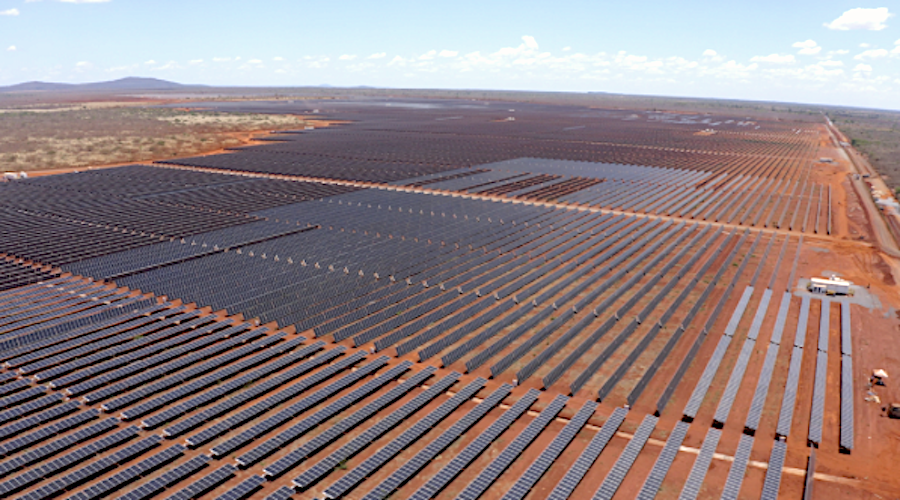Vale operations in Brazil now 100% renewable energy-powered


Vale (NYSE: VALE) announced Monday it had achieved its goal of running all of its Brazilian operations based on renewable energy sources, two years earlier than the scheduled target of 2025.
The Rio de Janeiro-based top iron and nickel producer said that 100% of the electricity used in its local operations last year came from green sources, such as hydroelectric, wind and solar power plants.
With this milestone, Vale has eliminated its indirect CO2 emissions in Brazil, corresponding to scope 2. The company still faces the challenge of reaching 100% renewable energy consumption in its global operations by 2030. Currently, this figure stands at 88.5%.
Vale's decarbonization strategy aims to reduce its scope 1 and 2 carbon emissions (direct and indirect) by 33% by 2030 and to become net-zero by 2050.
“As we are progressing on our targets, we are helping to make Brazil's energy matrix even cleaner, contributing to society's fight against climate change,” the director of Energy and Decarbonization, Ludmila Nascimento, said in the statement.
Vale said starting up the Sol do Cerrado solar complex in November 2022 was key to achieving the target two years ahead of schedule.
Located in the state of Minas Gerais, this complex represented an investment of $590 million and it is considered one of the largest solar energy parks in Latin America.
While it has an installed capacity is of 766 Megawatts-peak, equivalent to the consumption of a city of 800,000 inhabitants, the complex has the potential of contributing to around 16% of all the electricity consumed by Vale in Brazil, the company said.
Vale began its journey towards 100% renewable energy consumption in the 1990s with the acquisition of its first hydroelectric plants.
The company’s activities are now powered by a renewable energy portfolio with an installed capacity of 2.6 GW, equivalent to the energy consumption of over 3 million people.
The company holds 14 assets through direct and indirect participation, including ten hydroelectric plants, three wind farms, and Sol do Cerrado. If it functioned as a power generator, Vale would rank as the 15th largest in the country.
On a global scale, the mining giant is investing in joint venture partnerships, renewable generation certificates in contracts (PPAs), and innovation initiatives to enhance battery efficiency.
Vale is also focused on reducing its direct Scope 1 emissions. In the mining and railroad sectors, where diesel (a fossil fuel) is currently heavily used, the company is exploring the adoption of alternative fuels, such as ethanol for trucks and green ammonia for locomotives. Additionally, in the pelletizing furnaces, the plan is to substitute anthracite, a type of mineral coal, with zero-emission biocarbon produced from the carbonization of biomass.
Vale inked a deal with Wabtec in 2023 for the provision of three electric locomotives and initiated studies on the development of a green ammonia-powered locomotive engine.
It also successfully produced pellets using 100% biocarbon for the first time in an industrial test last year. Pellets production accounts for 30% of the firm’s direct emissions.
THIS ARTICLE WAS ORIGINALLY POSTED ON MINING.COM
Comments